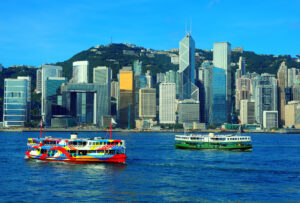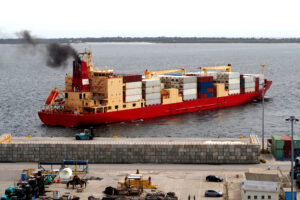Spanish technology and engineering firm Sener, reports, it has completed the design of a new sustainable biofuel tanker capable of capturing CO2 from other vessels.
One of the dilemmas facing shipowners and operators are the deep implications of the decisions needed to make on how they will meet emissions targets over the coming years.
However, to a zero-carbon future represents a generational risk for shipowners who the transition require a centrist position, maximising flexibility both in terms of asset investment and business models.
Sener reports that its new vessel has been designed to operate in compliance with the energy efficiency and emission reduction requirements of the International Maritime Organization. The design also includes different technical-economic configurations to help shipowners select the best alternative based on their priorities and needs, such as costs, ease of installation on board, or safety.
Sener, with a track record of more than six decades in the naval sector, completed the conceptual design of a multi-product supply vessel that can carry heavy fuel oil (HFO), very low sulfur fuel oil (VLSFO), biofuels and marine gas oils (MGO), and that can also store the captured CO2 from nearby vessels.
According to Sener, the design is intended to allow shipowners to choose different propulsion alternatives (conventional, diesel-electric or hybrid), as well as different types of sulfate cleaning systems (open, closed or mixed) and CO2 capture systems.
The new tanker design features a complete emission reduction and management system made up of a CO2 capture and storage system, a selective catalytic reduction (SCR) system to convert nitrogen oxides into diatomic nitrogen and water with help from a catalyst, and a sulfate cleaning system.
It is also set up to store the CO2 captured by other vessels in the vicinity, promoting the capture of this compound in the area of operations.
They point to the importance of creating solutions to help the maritime sector achieve more energy efficient vessels and reduce its emissions in order to comply with the IMO and EU demands in this regard. They believe this design will contribute in the progress of decarbonization.



